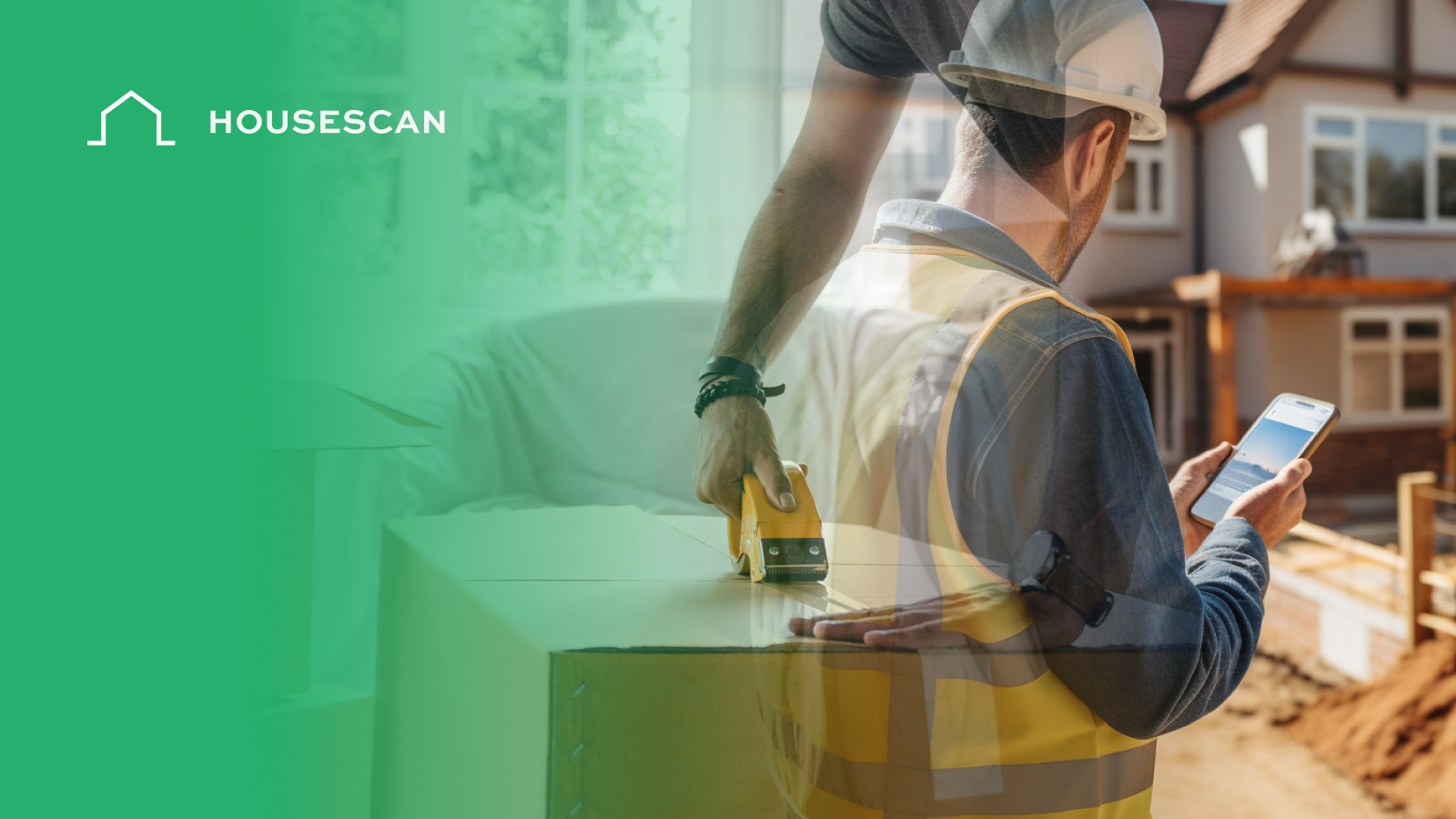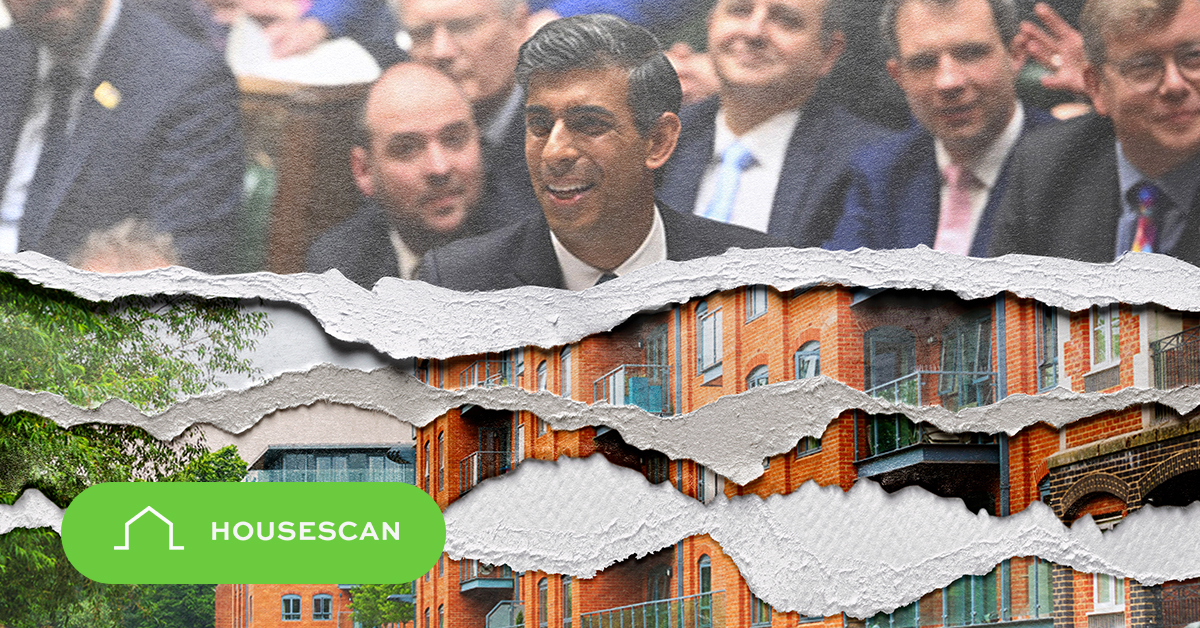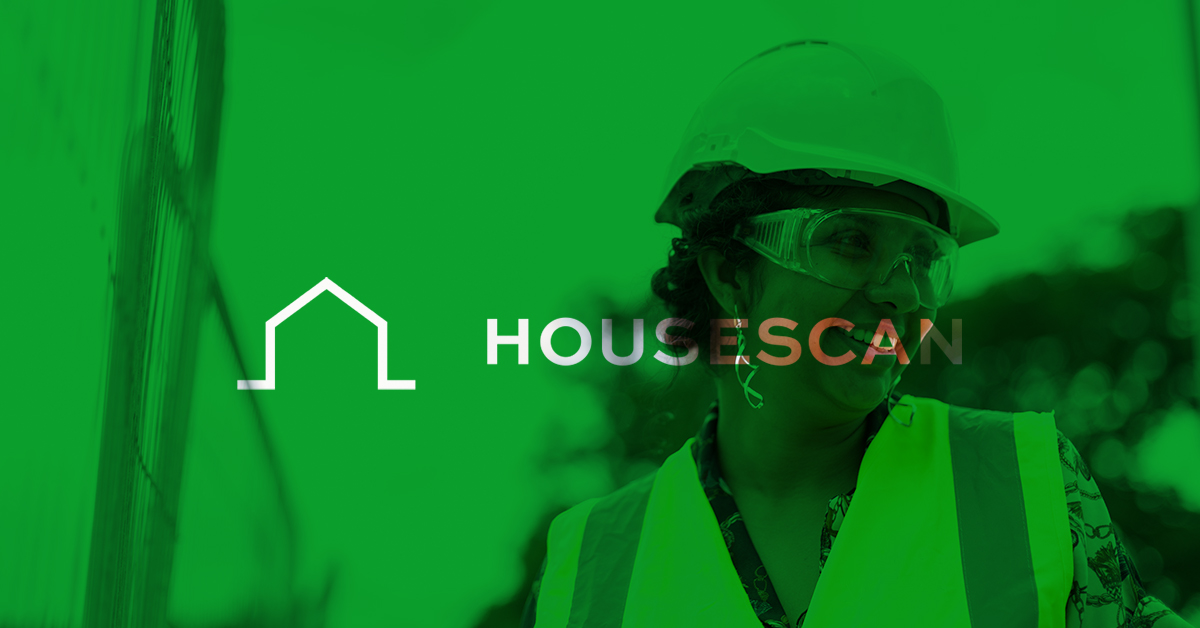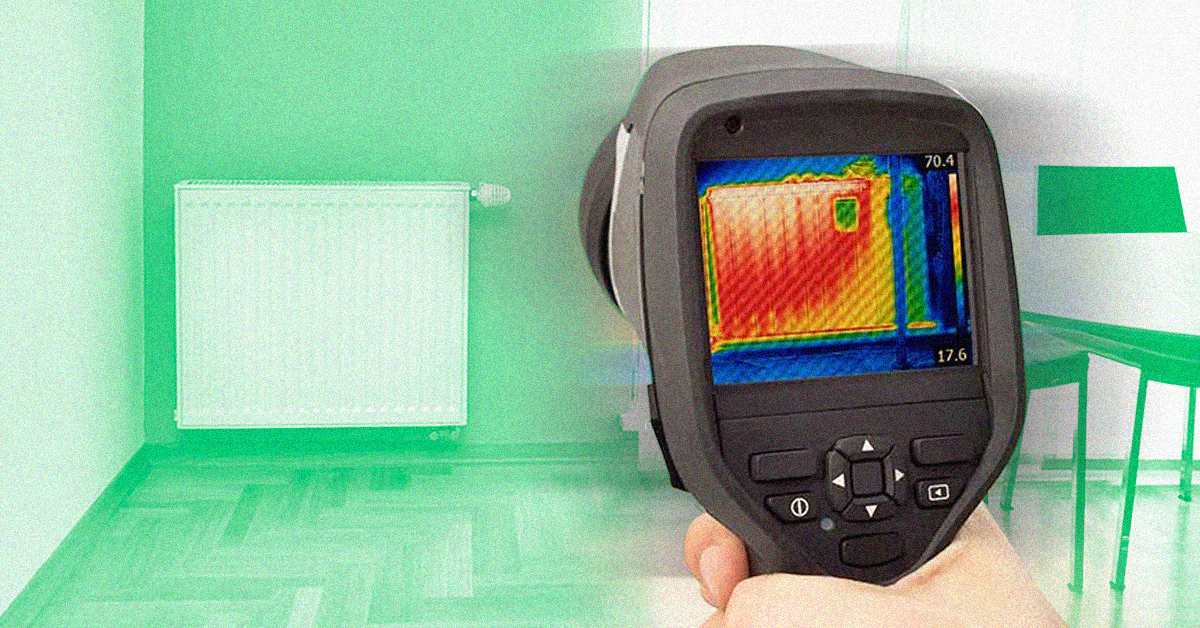
New build properties often have many defects, also called snags, as a result of shoddy workmanship. You should have a snagging inspection carried out in your new build home to identify these defects that your housebuilder will need to rectify. But when is the best time to have a snagging inspection carried out? This article will answer that question and offer expert advice on the snagging process.
Before Completion of Sale and Exchange of Contracts
The best time to have a snagging inspection carried out on your property is after all building work is fully finished and the property is ready to be moved into, but before the legal completion of the sale and before exchanging contracts for your new home with the housebuilder.
This gives the new build property developer sufficient time to rectify the snags addressed on the snagging report before you move into your new home. This also gives you much more leverage for getting the snags rectified as you can agree to complete the sale only once all faults have been corrected and ensures all problems are fixed before you move in so you get the home you paid for and expected.
If you are purchasing your property off-plan, you will buy it before it has been built and exchange contracts before the house is completed. In this case, the best time to have your property inspected for snags is when the builder gives notice of completion, which is normally two weeks before the legal completion. This will give the builder substantial time to rectify the snags.
If You Are Refused Access to the Property
However, some housebuilders or developers may refuse to give you access to the property and do not allow snagging inspections to be carried out before completion. They can do so because legally they still own the land. If this is the case, your conveyancer may be able to intervene with the developer and request access by invoking your legal interest in the property.
If your developer denies you access to the property, you should book your snagging inspection as soon as possible after the completion of the sale and as soon as you move into your new home. Submit your snagging list to the developers to get faults corrected as soon as you can.
The sooner you have a snagging inspection the better as this will give you more leverage to rectify the faults than if you were to try to get them fixed further down the line. The longer the snagging inspection is left to be carried out, the more difficult it can be to get problems fixed as your housebuilder could argue that you caused the damage once you moved in and developers have much less of an incentive to rectify defects once the property has been paid for.
Two-Year Warranty
A snagging inspection can be carried out on your property up to two years after the completion of the sale. During this time, you should report any defects to the housebuilder which they are legally obliged to fix as part of the building’s warranty.
You can have the snagging inspection carried out any time during the first two years of living in the property and you need to have your inspection completed and submitted to the developer before this warranty period expires.
After the two-year warranty expires, your developer will not be legally obligated to amend any non-structural faults in the property so it is essential to have an inspection and submit the snagging list as soon as you move in so you can ensure all defects are fully rectified and your property is up to scratch.
De-Snagging
You should also have a de-snagging inspection carried out after the builder has rectified the faults from the first inspection. This second inspection will check that the housebuilder has fixed all problems found in the original report to the correct standards. This will ensure you get the home you paid for – a brand new home that is free of snags.
Book Your Snagging Inspection Today
Contact HouseScan today to learn more about our snagging survey services, for further advice on snagging surveys, or to book your snagging inspection.
Related Posts
Quality Assurance in the Post-Pandemic Housing Boom: Why Professional New-Build Inspections are Essential
The COVID-19 pandemic triggered seismic shifts in the real estate market, sparking a surge in…
Major Changes to UK Leasehold Laws Announced in 2023
The UK government has announced sweeping reforms to leasehold laws in England and Wales, bringing…
Women in Construction: A Conversation with Helen Mackenzie
How well this mistaken ideas off denouncing pleasure & praisings will give you complete.
The Power of Thermal Imaging in Professional Snagging
How well this mistaken ideas off denouncing pleasure & praisings will give you complete.








